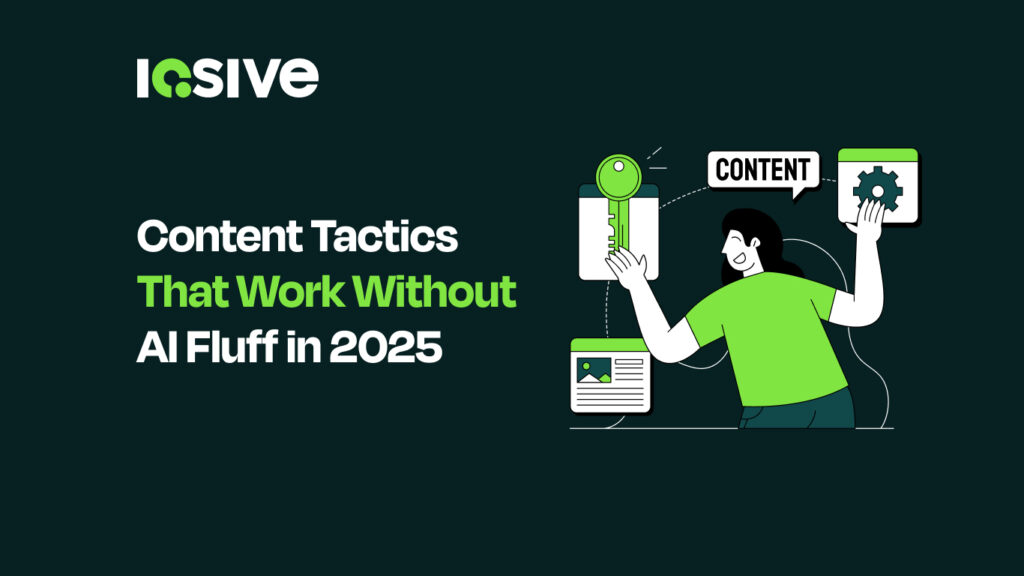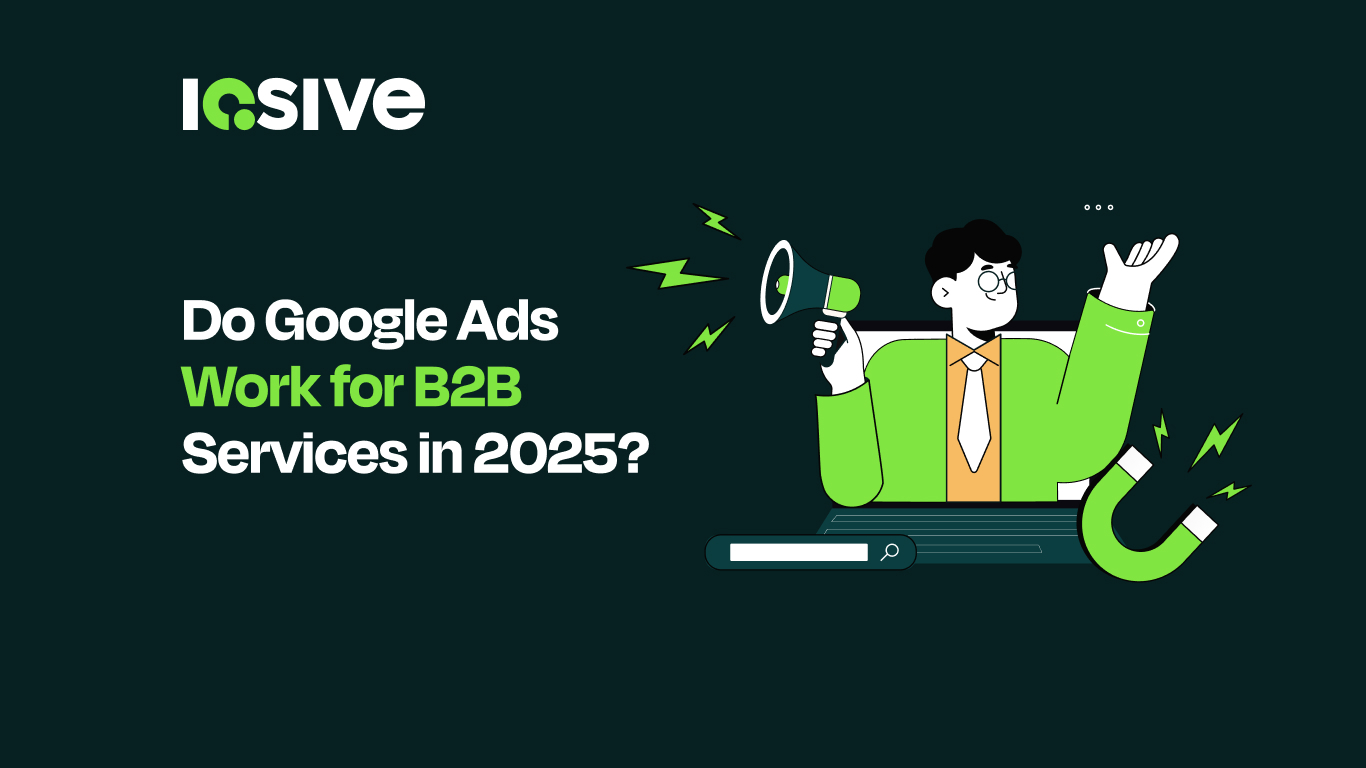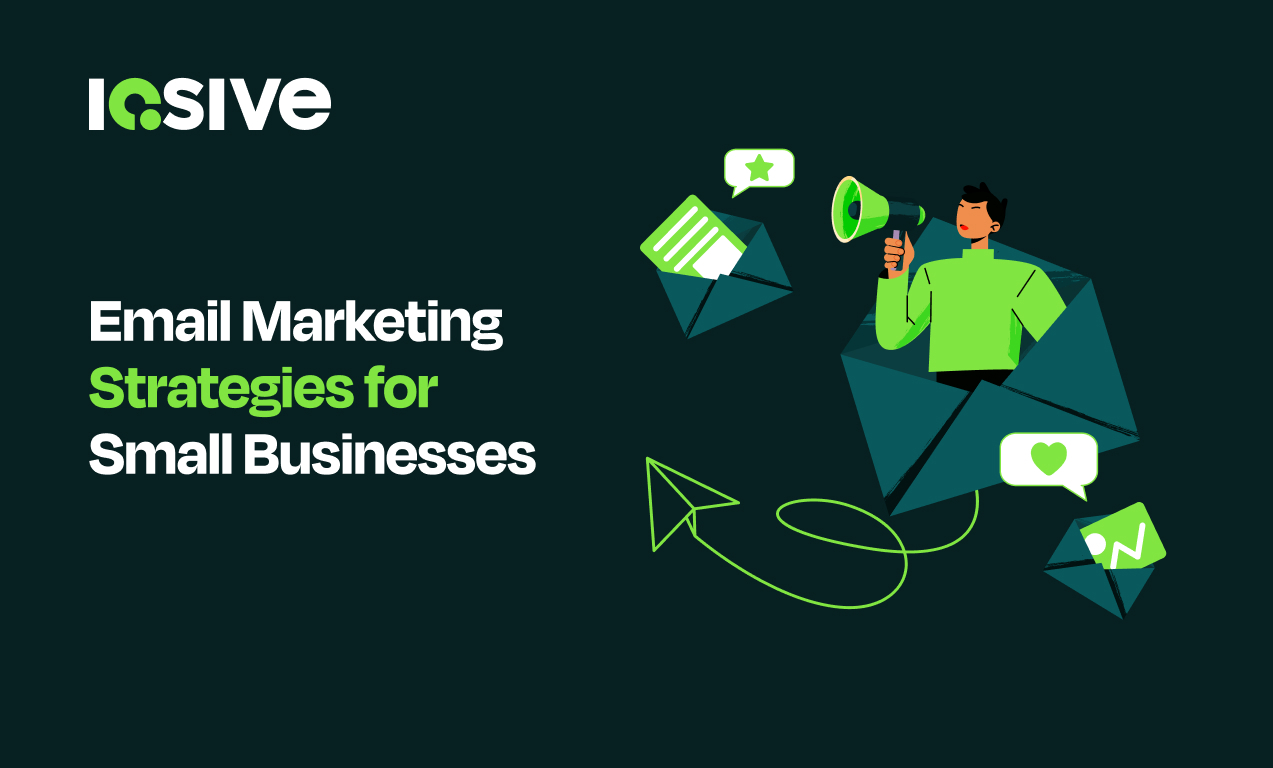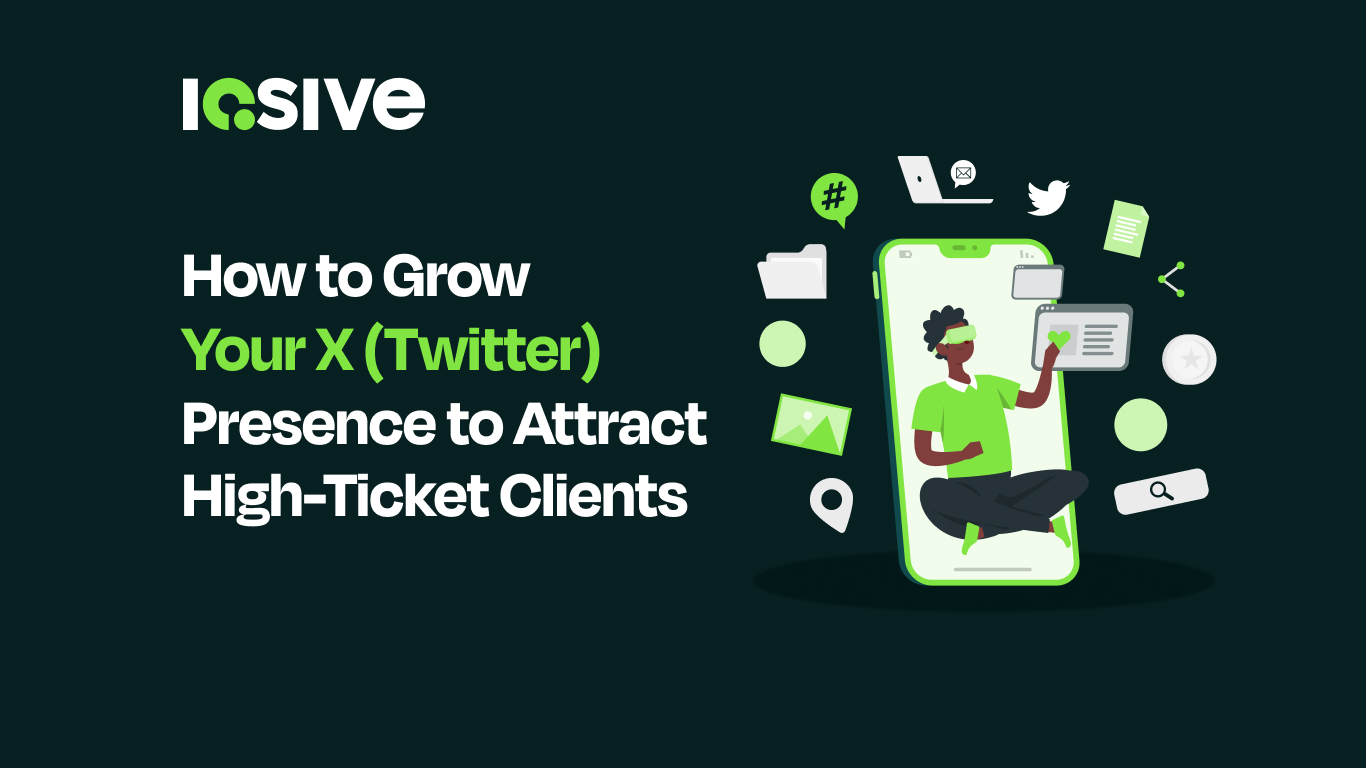In 2025, the content marketing landscape is being reshaped by two powerful forces: the widespread use of generative AI and an increasing demand for meaningful, human-first content. While AI can assist with scale, savvy marketers now realize that quality, not quantity, is what wins audience trust, engagement, and long-term growth. This guide explores proven content marketing tactics that actually work in 2025 without relying on generic AI outputs or flooding the web with low-value content.
Why Traditional Content Strategies Are Failing in 2025
Many content strategies built on frequency and keyword targeting are underperforming in 2025. Google’s algorithm updates have deprioritized spammy, templated, and over-optimized content in favor of content that demonstrates first-hand expertise and serves specific user intent. At the same time, user behavior has evolved as readers are less tolerant of fluff and more selective with their attention. The days of publishing “just to publish” are over. Brands still clinging to high-volume, low-value tactics are seeing diminishing returns in traffic, engagement, and conversion.
Understanding User-First Content in a Post-AI Spam Era
User-first content prioritizes the real needs, questions, and behaviors of your audience over trends, automation, or search algorithms. In a landscape flooded with AI-generated posts, what sets content apart in 2025 is genuine insight, depth, and human connection. Whether it’s a how-to guide written by someone who’s done the work, or a case study drawn from original data, content that clearly helps the reader solve a problem is what now drives trust, shares, and rankings.
Tactic #1: Double Down on Human-Centric Thought Leadership
How to Source Original Ideas from Industry Experts
Start by talking to the real experts inside your company or network, such as founders, engineers, consultants, and front-line practitioners. Interview them, record client conversations (with permission), or review internal Slack discussions for pain points and unique perspectives. This method surfaces unfiltered insights that no AI model or surface-level research can replicate.
Building Credibility Through Personal Experience and Insigh
In 2025, readers (and search engines) favor first-hand experience. When publishing thought leadership, ground your opinions in lived expertise by sharing results, failures, context, and even screenshots. Personal anecdotes, field notes, and behind-the-scenes perspectives help distinguish your content from generic narratives and build authenticity.
Tactic #2: Create Helpful, Non-AI-Generated Evergreen Resources
Long-Form Guides That Solve Specific User Problems
One high-quality guide that solves a real problem outperforms ten shallow blog posts. Focus on creating resources that users actually bookmark, such as “how to negotiate a software contract,” “a beginner’s guide to B2B influencer outreach,” or “the non-technical founder’s playbook for hiring developers.” Depth, clarity, and specificity are key.
Interactive Tools and Visual Explainers
Static text alone won’t cut it. High-performing evergreen content in 2025 includes interactive calculators, checklists, diagrams, and flowcharts. These not only improve user experience but also increase dwell time and linkability. You don’t need to build an app,start with embeddable tools or even detailed Google Sheets frameworks.
Tactic #3: Leverage Micro-Communities and Dark Social
Content Distribution via Private Slack Groups, Discord, and DMs
Micro-communities such as private Slack channels, Discord servers, and WhatsApp groups are where high-trust content gets shared in 2025. Unlike public social media, these spaces are opt-in and highly curated. Get involved by participating authentically, sharing value, and listening before promoting anything.
Turning Conversations into Organic Content Ideas
What are people complaining about in private forums? What questions come up repeatedly? Turn these raw insights into blog posts, social threads, or newsletters. This keeps your content closely aligned with real user needs, which increases both its utility and organic reach.
Tactic #4: Develop Zero-Click Content That Builds Trust
Optimizing for Social Algorithms Without Links
In 2025, platforms like X (formerly Twitter), LinkedIn, and Threads deprioritize external links. Zero-click content such as threads, carousels, and posts that deliver value without requiring a click has become a core strategy. Instead of trying to drive traffic off-platform, use these posts to demonstrate expertise and build trust directly in-feed.
Delivering Value Natively on X, LinkedIn, and Reddi
Each platform has its own language. On X, use concise, high-signal threads. On LinkedIn, lead with a bold statement or a story, then build toward practical insight. On Reddit, engage transparently and informatively while avoiding self-promotion. Native content shows you understand the culture and earns higher visibility.
Tactic #5: Use Data and Case Studies Instead of Predictive AI Fillers
How to Collect First-Party Data and Turn It into Content
First-party data such as survey results, customer feedback, and internal performance metrics provides original material that AI can’t duplicate. Use it to back up claims, identify patterns, or uncover surprising trends. Present findings in ways that are helpful to your audience, not just promotional for your brand.
Structuring Case Studies That Drive Conversions
A 2025 case study should focus on transformation: problem, process, solution, and results. Include context, metrics, real quotes, and visuals. Instead of fluffing results, focus on the real journey. Authenticity and specificity drive credibility and conversions.
Content Formats That Still Work in 2025 (Without AI Overload)
Swipe Files, Templates, Frameworks, and Worksheets
These assets offer instant utility. A well-designed email pitch template or a campaign framework can earn backlinks and shares for years. Ensure they’re visually clear, easy to download, and come with context on how to use them.
Authentic Behind-the-Scenes and Process Posts
People are hungry for transparency in 2025. Share your creation process, show your metrics, reveal failures. “Building in public” isn’t just for startups,it builds relatability and reinforces the human aspect of your brand.
Metrics That Actually Matter in 2025 Content Marketing
Engagement Signals Over Impressions and Volume
Marketers are shifting away from vanity metrics like traffic spikes or post views. Instead, track comments, shares, bookmarks, and replies, which are indicators that your content resonated. High-quality engagement predicts brand loyalty and downstream conversions better than sheer reach.
Measuring Sentiment and Brand Affinity
Use qualitative measures like user feedback, NPS (Net Promoter Score), and sentiment analysis on social to assess brand trust and perception. These “soft” metrics are harder to measure but more aligned with long-term growth.
Future-Proofing Your Strategy Against Content Fatigue
Building a Sustainable Content Calendar
Instead of daily publishing, focus on strategic, high-value content published consistently. Prioritize quality over frequency. Leave room in your calendar for updating old posts, repurposing content, and acting on audience feedback.
Human Editorial Review Processes That Scale
Use editorial checklists to ensure your content meets quality standards. Involve subject matter experts. Use AI only for outline drafting, proofreading, or basic formatting,not final output. This layered review process safeguards your brand reputation and builds long-term authority.
FAQs:
Q1: What is user-first content and why does it matter in 2025?
User-first content directly addresses the needs, questions, and behaviors of your audience, prioritizing utility, depth, and authenticity over volume or trends. It’s more important in 2025 due to content saturation and algorithmic shifts that reward helpfulness and trust.
Q2: How can I make original content without relying on AI tools?
Interview subject matter experts, pull from real experiences, share process insights, and use first-party data. Focus on what only you or your brand can authentically say.
Q3: What types of content are ranking best on Google in 2025?
Google favors content that demonstrates experience, insight, and helpfulness. This includes deep how-to guides, original research, expert commentary, and comprehensive answers to user questions.
Q4: Is AI content penalized by search engines in 2025?
Not directly. AI-generated content isn’t penalized if it’s high-quality and useful. However, mass-produced, unoriginal, or low-value AI content is filtered out by algorithms prioritizing helpfulness and trust.
Q5: How do I get more organic traffic without publishing daily?
Focus on evergreen, helpful content with strong distribution. Update existing content regularly, target long-tail queries, and repurpose across formats like newsletters, videos, and community posts.
Q6: What are dark social channels and how can I use them for content marketing?
Dark social refers to private sharing platforms like Slack groups, Discord servers, and DMs. You can use them by participating in relevant communities, listening closely, and sharing content organically based on conversation context.
Q7: How do I create zero-click content that still converts?
Deliver full value directly in social media posts (e.g., threads, carousels) and build trust by showing expertise. Then nurture followers over time with non-pushy links or CTAs in your profile and follow-up content.
Q8: Are case studies still effective in 2025 content strategy?
Yes, more than ever. Well-crafted case studies that emphasize process, challenges, and outcomes help build credibility and convert informed prospects.
Q9: What metrics should I track instead of traffic or keywords?
Track engagement (comments, saves, shares), brand sentiment, content ROI (leads or revenue generated), and qualitative feedback to assess real performance.
Q10: How do I stand out when everyone is using AI-generated content?
Differentiate by emphasizing human experience, originality, and usefulness. Focus on what only you can say, and demonstrate depth through first-hand insights, real-world examples, and trustworthy formatting.












